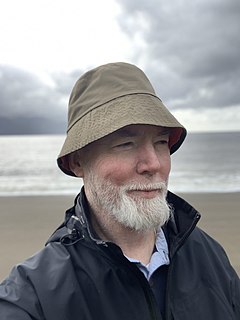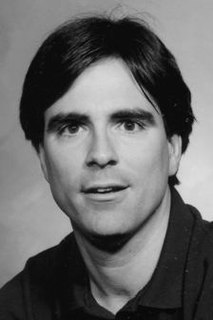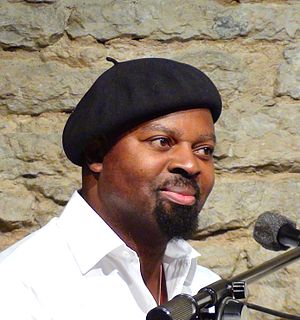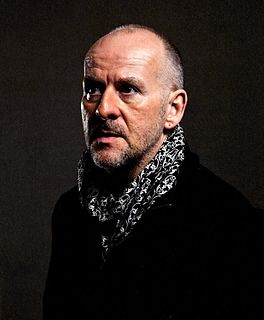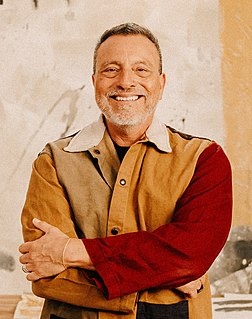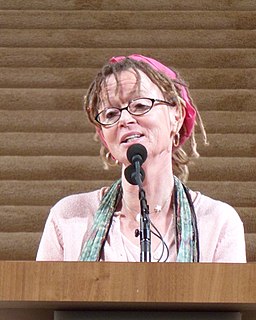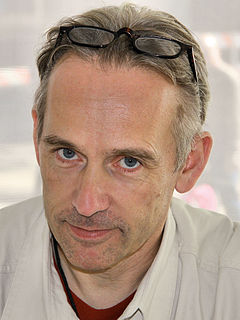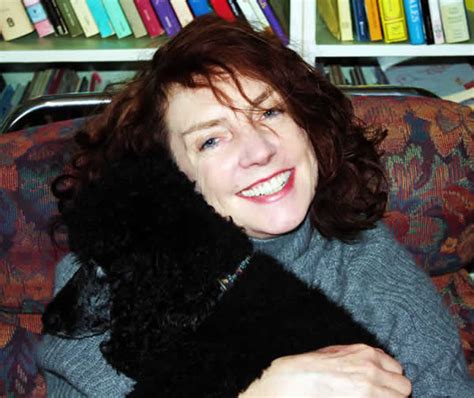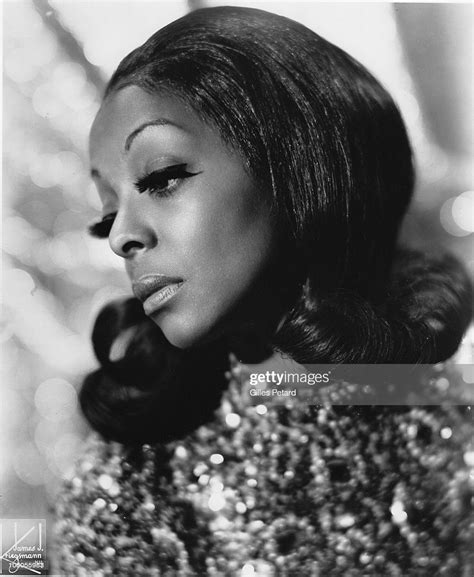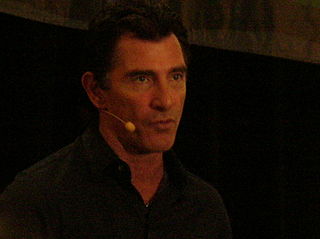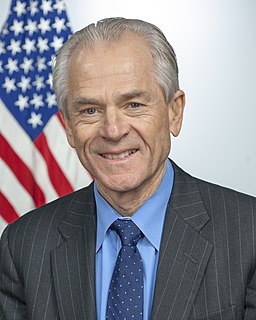A Quote by Douglas Coupland
Storytelling is ultimately a creative act of pattern recognition. Through characters, plot and setting, a writer creates places where previously invisible truths become visible. Or the storyteller posits a series of dots that the reader can connect.
Related Quotes
The most difficult part of writing a book is not devising a plot which will captivate the reader. It's not developing characters the reader will have strong feelings for or against. It is not finding a setting which will take the reader to a place he or she as never been. It is not the research, whether in fiction or non-fiction. The most difficult task facing a writer is to find the voice in which to tell the story.
Reading, therefore, is a co-production between writer and reader. The simplicity of this tool is astounding. So little, yet out of it whole worlds, eras, characters, continents, people never encountered before, people you wouldn’t care to sit next to in a train, people that don’t exist, places you’ve never visited, enigmatic fates, all come to life in the mind, painted into existence by the reader’s creative powers. In this way the creativity of the writer calls up the creativity of the reader. Reading is never passive.
After all, reading is arguably a far more creative and imaginative process than writing; when the reader creates emotion in their head, or the colors of the sky during the setting sun, or the smell of a warm summer's breeze on their face, they should reserve as much praise for themselves as they do for the writer - perhaps more.
When we were small, Rose and I used to play a game called connect the dots. I loved it. I loved drawing a line from dot number 1 to dot number 2 and so on. Most of all, I loved the moment when the chaotic sprinkle of dots resolved itself into a picture. That's what stories do. They connect the random dots of life into a picture. But it's all an illusion. Just try to connect the dots of life. You'll end up with a lunatic scribble.
I suppose all moms have an idea who they hope their daughters will be. Like a connect-the-dots picture where you think you know what shape it will become. But then it's the daughter who draws the lines, and she might connect the dots you didn't intend, making a whole different picture. So I've gotta trust the dots she's given me, and she's gotta trust me to draw the picture myself.
First and foremost, I consider myself a storyteller. And I'm endlessly fascinated with people, with what they do and why... and how they feel about it. Which means I'm interested in romance fiction. I was drawn to it, as both a reader and a writer, at the very beginning of my career. It's my kind of storytelling.
